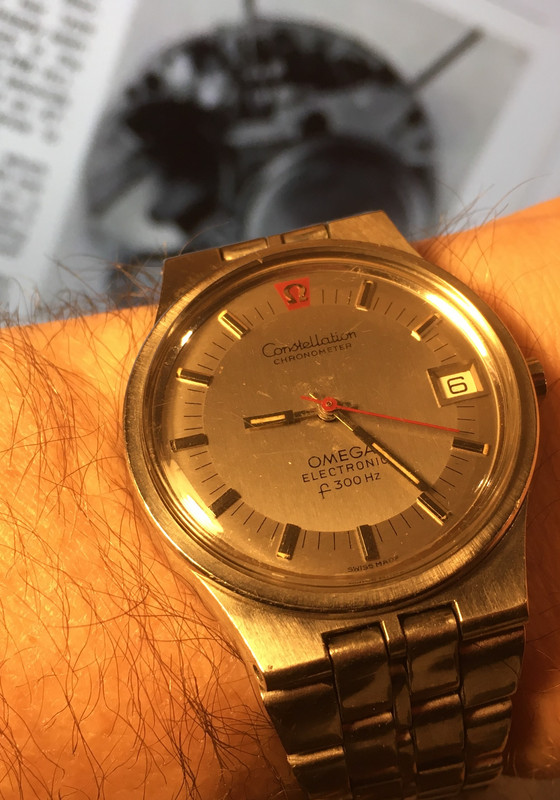The Quasar from The National 15 - The decline of British watchmaking and the role of Smiths*
I am putting this image here first... as the ad on the right always squashes the first post and I wanted you to first see the Quasar "Constellation" in its full glory (below in the next post).
Basically, before I saw these cases in the box here, the only Quasar by Smiths I was aware of, was the TV dialed rendering above from "The National 15 - The decline of British watchmaking and the role of Smiths in a hoped for discovery" by David Read.
*On page 15/88
https://ahsoc.contentfiles.net/media...-_Read_wm6.pdf








 Reply With Quote
Reply With Quote












 . I remember John Senior saying that he thought the movement was very good quality after the Cotswold auction.
. I remember John Senior saying that he thought the movement was very good quality after the Cotswold auction.






